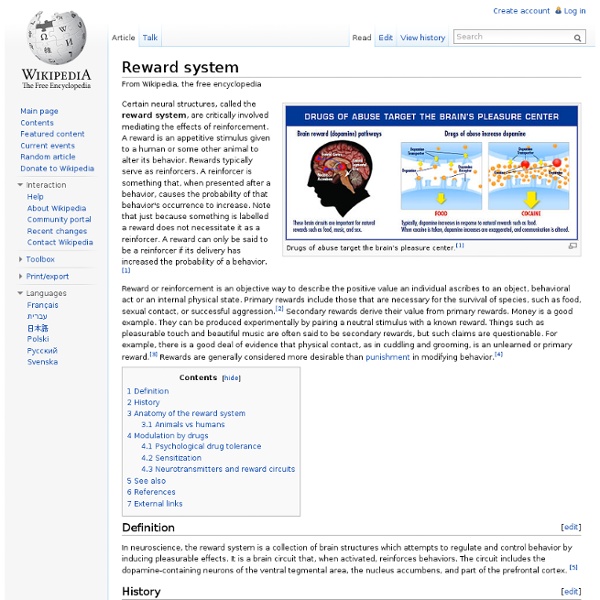CJ 2007#14]上海で暮らす“奇才”アメリカン・マギー氏を訪問。彼が語る中国の魅力と,期待の新作「American McGee’s Grimm Tales」(American McGee’s Grimm Tales)
ダークで混沌とした,独自の世界観を持つアクションゲーム「American McGee's Alice」(邦題:アリス イン ナイトメア)などで知られるゲームクリエイターのAmerican McGee(アメリカン・マギー)氏。もともと,id Softwareで「Doom II」や「Quake」「QuakeII」などのレベルデザインなどを行っていた経験がある。その後,Eidos Interactiveを経てElectronic Artsへ移り,そこで「American McGee's Alice」を完成させた。同作のリリース直後に独立し,「Scrapland」や「Bad Day L.A」といったタイトルをリリース。そして音沙汰がなくなったと思ったら,2006年に中国の上海へと活動拠点を移し,開発会社Spicy Horseを設立した。 上海に移ってからは,その地理的条件からかメディアへの露出がほとんどなくなり,“Grimm”(グリム童話の「グリム」だ)の噂や情報のかけらこそ出回っていたものの,オフィシャルな情報はほとんど伝わってきていない。 ■作りたいものが作れる場所,それが上海 4Gamer: こんにちは。 American McGee氏(以下,マギー氏): ええ,どうぞ。 4Gamer: ではだいぶ古いところから。 マギー氏: 実は,Electronic Artsを辞めたあとに作った会社は,このSpicy Horseをいれると三つあるんで,それぞれ説明しますね。 4Gamer: 三つですか! マギー氏: ええ,気が付いたらそうなってました(笑)。 4Gamer: どちらの会社も,拠点はアメリカですか? マギー氏: ええ,どちらもロサンゼルスです。 4Gamer: では,なぜ三つめの会社であるSpicy Horseを上海に設立したのでしょうか? マギー氏: ゲーム作りに関して,確かにアメリカという国は一定の成功を収めたと思っています。 4Gamer: それはアメリカのゲーム事情というよりは,世界的なゲーム事情にも思えます。 マギー氏: そうかもしれませんね。 4Gamer: それはつまり,アメリカという国やElectronic Artsのような大きな会社があなたの作りたいものを作りづらい環境になってしまい,それを打破するために中国に来た,という解釈で合ってますか? マギー氏: (笑)。
Nathaniel Branden
Early life and education[edit] Nathaniel Branden was born Nathan Blumenthal in Brampton, Ontario, and grew up alongside three sisters, two older and one younger. A gifted student, he became impatient with his studies during his first year of high school and skipped school often in favor of the library. After getting failing grades as a result, he convinced his mother to send him to a special accelerated high school for adults, and subsequently did well in that environment.[2] After graduating from high school, Branden went on to earn his BA in psychology from the University of California Los Angeles, an MA from New York University,[3] and in 1973, a Ph.D. in psychology from the California Graduate Institute (CGI), then an unaccredited, state-approved school whose graduates may be licensed by the state to practice psychology.[4] (Graduates of unaccredited state-approved schools such as CGI are limited to associate membership in the American Psychological Association).[2][5] Books[edit]
Portal
対応OS 2000/XP/Vista DirectX 8.1以上要 Steamでの認証となるので、パッケージ版を購入したとしてもインターネットへの接続環境が必須。認証後はオフラインでのプレイも可能。Orange Boxとして購入した場合には、TF2やHL2:EP2と共通のCDキーでの登録になる。 Portalを含めてOrange Boxにて初めて収録されたゲームは新しいバージョンのソースエンジンを採用しており、必要環境がこれまでとは異なっている点に注意。 インテルのSSE(AMDならば3DNow! 以下に出て来るソースエンジンでのコマンドライン・パラメータの設定の仕方等はトラブル対応の頁を参照してもらいたい パズルで詰まっている Portal Walkthroughsに動画のガイドが存在している。 Failed to create D3D device 基本的にはビデオカードのドライバを最新にするのが対応策だが、Windows Updateにて重要な更新を適用していない場合に発生する可能性もある。 起動前(Preparing to launch...)の状態からデスクトップに落ちてしまう まずは上記のトラブル対応の頁から、コマンドラインによる各種テストを行って見る。 それ以外には上記の解説にあるSSE対応のCPUかどうかを確認。 Intelのオンボード系グラフィックスの問題 グラフィックスにインテルのチップを使用しているPCにて、Half-Life 2は正常動作するのだが、Orange boxで新規に加わったPorta, Team Fortress 2, Half-Life 2: Episode Twoが、フリーズやクラッシュで安定して動かないというトラブル。 第一にコマンドラインに +mat_bumpmap 0 +mat_picmip 2 を追加してテストを行う。 実績がカウントされない 解説モード、オフラインモード、チート使用時は不可となる。
Animal Sleep
Most animals have a daily pattern of rest and activity. Some animals are more active during the day (diurnal) and some are more active during the night (nocturnal). How much time do animals spend sleeping? Well, it depends on the animal: References: This table was adapted from four sources: Aserinsky, E., Eyelid condition at birth: relationship to adult mammalian sleep-waking patterns, In Rapid Eye Movement Sleep, edited by B.N.
Just Letters - A browser based multi-user Flash game
Just Letters is a free browser based Flash game. Here is what BBC's Clickonline said about it: We've all seen those fridge magnets that allow you to spell out words from a group of individual letters right? Well FlashcomGuru have made this work for the web. Just open the page and start moving the letters about to create whatever words you want. There is a catch though - you will be doing this with up to 74 other players all working from the same board - hence the title 'Someone keeps stealing my letters'. It gets hectic with everyone going for the same key letters as they build a word from scratch. I hope you have as much fun with that as I did, but do please bear in mind that the content is uncensored, so viewing alongside your little ones is probably advisable.
Maslow's hierarchy of needs
Maslow's hierarchy of needs, represented as a pyramid with the more basic needs at the bottom[1] Maslow's hierarchy of needs is a theory in psychology proposed by Abraham Maslow in his 1943 paper "A Theory of Human Motivation" in Psychological Review.[2] Maslow subsequently extended the idea to include his observations of humans' innate curiosity. His theories parallel many other theories of human developmental psychology, some of which focus on describing the stages of growth in humans. Maslow used the terms "physiological", "safety", "belongingness" and "love", "esteem", "self-actualization", and "self-transcendence" to describe the pattern that human motivations generally move through. Maslow's theory was fully expressed in his 1954 book Motivation and Personality.[5] The hierarchy remains a very popular framework in sociology research, management training[6] and secondary and higher psychology instruction. Hierarchy Physiological needs Safety needs Safety and Security needs include:
Away From Keyboard
Home (LD48 Game Programming Competition)
Ludum Dare 48h Game Programming Competition The 48-Hour Game Programming Competition is a "mostly from scratch", timed, solo coding challenge where all willing game developers spend their allowed time making the best game they can under a common theme. Please see the rules for complete information about how the competition is run. Any questions should be directed to the forums. April 2005 Competition Theme was "light & darkness"! Competition is OVER, judging COMPLETE! The full results: Game ratings. Best game -- congratulations Jolle who's taken out the Best In Show prize for the second time running! Disqualification. Other completed polls: Discuss this competition in the Ludum Dare forums. Problems? Past competitions still on this site: LD5, October 2004 Competition website built in Zope by Richard in his spare time :)
FumuFumu-Q



